Description
What is a monsoon and how does it impact life in South and Southeast Asia? Allow your students to explore this topic – all offered as an independent work packet or for Distance Learning with Google Slides.
This resource includes a paper version and a 1:1 Google version to be used with Google Classroom. On the first page will be a link that will have you make a copy of the Google Doc, so be sure to be signed in to your Google account. You can then share directly with your students.
You’ll receive:
-Vocabulary activity with these terms: atmospheric pressure, cholera, monsoon, drought, malaria, stilts.
-An image analysis preview activity,
-6 pages of informational text (What is a monsoon? Case Study on South Asia, Case Study on Southeast Asia),
–Questions to check comprehension, and
–multiple processing assignments.
⭐Please download the preview to see more information on this resource. ⭐
2019 TEKS for 6th Grade World Cultures
(3) Geography. The student understands the factors that influence the locations and characteristics of locations of various contemporary societies on maps and/or globes. The student is expected to:
(A) identify and explain the geographic factors responsible for patterns of population in places and regions;
(C) identify and locate major physical and human geographic features such as landforms, water bodies, and urban centers of various places and regions; and
(4) Geography. The student understands how geographic factors influence the economic development and political relationships of societies. The student is expected to:
(A) explain the geographic factors responsible for the location of economic activities in places and regions; and
(5) Geography. The student understands the impact of interactions between people and the physical environment on the development and conditions of places and regions. The student is expected to:
(A) describe ways people have been impacted by physical processes such as earthquakes and climate;
(19) Social studies skills. The student applies critical-thinking skills to organize and use information acquired through established research methodologies from a variety of valid sources, including technology. The student is expected to:
(A) differentiate between, locate, and use valid primary and secondary sources such as oral, print, and visual material and artifacts to acquire information about various world cultures;
(B) analyze information by sequencing, categorizing, identifying cause-and-effect relationships, comparing, contrasting, finding the main idea, summarizing, making generalizations and predictions, and drawing inferences and conclusions;
(C) organize and interpret information from outlines, reports, databases, and visuals, including graphs, charts, timelines, and maps; and
(20) Social studies skills. The student uses geographic tools to collect, analyze, and interpret data. The student is expected to:
(A) answer geographic questions, including: Where is it located? Why is it there? What is significant about its location? How is its location related to the location of other people, places, and environments? Using latitude and longitude, where is it located?;
(21) Social studies skills. The student communicates in written, oral, and visual forms. The student is expected to:
(A) use social studies terminology correctly;
Please review all product descriptions and previews. If you have a question, contact me before you purchase at SocialStudiesSuccess1@gmail.com. As this is a digital product, all sales are final.
❤️ Dawn


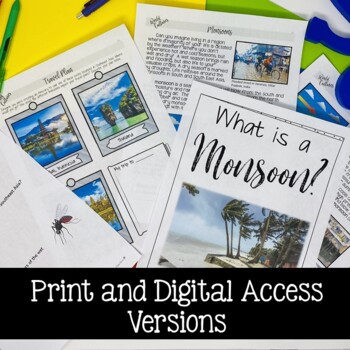


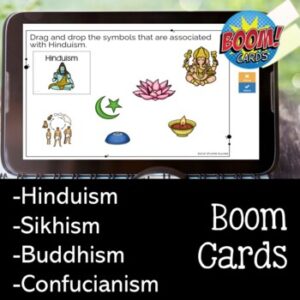


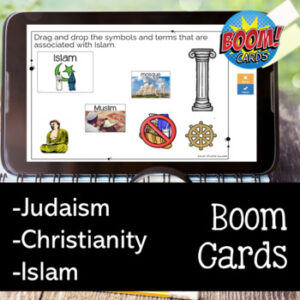
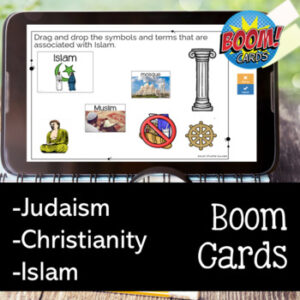


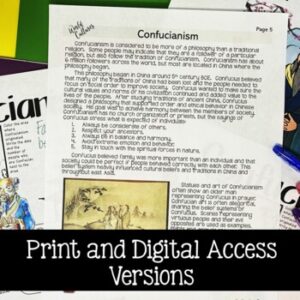


Reviews
There are no reviews yet.